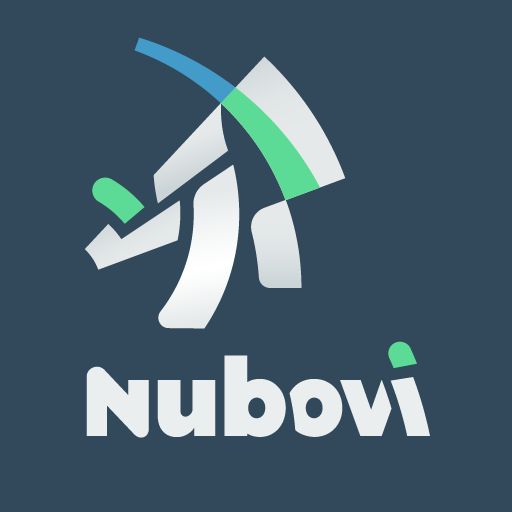Cloud computing has revolutionized the way businesses operate, offering unparalleled scalability and flexibility. However, as organizations embrace the cloud, managing costs and efficiently allocating spend across business units, departments, and projects becomes crucial. In this article, we will explore the significance of transparency in cloud spend allocation and the importance of resource tagging. By implementing these practices, businesses can optimize their cloud spend, gain granular insights, and foster accountability and efficiency throughout their cloud infrastructure.
Transparency in cloud spend allocation
Transparent cloud spend allocation involves the clear distribution of costs across various business units, departments, and projects. Instead of treating cloud expenses as a consolidated entity, organizations allocate costs to specific entities, providing a clear picture of how resources and services are being utilized. This enables the following:
- Facilitating cost accountability - By allocating cloud spend to different entities, businesses can hold each accountable for their respective resource consumption. This drives responsibility and encourages departments to optimize their cloud usage, eliminate wasteful spending, and identify cost-saving opportunities.
- Informed decision-making - Transparent cloud spend allocation empowers decision-makers to make data-driven choices. With a clear understanding of how resources are distributed, businesses can evaluate the return on investment (ROI) for each entity and make informed decisions regarding resource allocation, capacity planning, and future investments.
- Budgeting and forecasting accuracy - By allocating cloud spend to specific business units, departments, and projects, organizations gain accurate insights for budgeting and forecasting. This allows for better financial planning, ensuring that resources are allocated appropriately and enabling businesses to project future cloud expenses more accurately.
This all sounds great, but how do you accomplish that, given your sparse IT resources? It is not only a technical challenge, but also an organizational one. In lots of organizations, IT spend is just based on a company wide budget and IT departments struggle with how to allocate the actual spend to the right entities.
Importance of resource tagging
Resource tagging is the practice of assigning metadata or labels to cloud resources, providing additional context and categorization. These tags offer numerous benefits for efficient cloud spend allocation and resource management. It enables:
- Cost attribution and reporting - Resource tagging allows organizations to associate specific costs with corresponding business units, departments, or projects. By tagging resources, businesses can easily generate detailed cost reports, providing clear visibility into the spending patterns of different entities. This helps identify areas of high expenditure and facilitates cost optimization initiatives.
- Granular insights and optimization - Tagging cloud resources enables organizations to gain granular insights into resource usage, performance, and efficiency. With the ability to track and analyze resource utilization at a detailed level, businesses can identify opportunities for rightsizing instances, eliminating idle resources, and optimizing performance. This leads to cost savings without compromising functionality.
- Automation and resource management - Resource tagging lays the foundation for automated resource management. By labeling resources based on their purpose, ownership, or lifecycle stage, businesses can leverage automation tools to streamline resource provisioning, monitoring, and retirement processes. This simplifies resource management, reduces manual effort, and improves operational efficiency.
Most organizations struggle with resource tagging. Mostly because they don’t use a standardized methodology and/or the right tools. But also, because the business architecture of the organization’s IT solutions doesn’t make it easy to allocate IT solutions or workloads in these solutions to specific entities. So, this is not only something that IT needs to deal with, the business should be very involved as well.
Conclusion
Transparency in cloud spend allocation and the implementation of resource tagging practices are crucial for organizations seeking efficient cloud management. By allocating cloud costs to business units, departments, and projects, businesses foster accountability, informed decision-making, and accurate budgeting. Furthermore, resource tagging provides granular insights, enables cost attribution, supports security and compliance efforts, and enhances resource management capabilities. Embracing transparency and resource tagging empowers organizations to optimize cloud spend, drive efficiency, and unlock the full potential of their cloud infrastructure. IT should work closely together with the business to set this all up in the right way.
To learn more about how Nubovi can help do this for you, have a look at our white paper or watch this short explainer video.
